CULTURE
Cotton mills, mines, breweries tell us a lot about European history. September’s EHD Days focused on industrial heritage

It’s a unique occasion to shed light on Europeans’ historical and economic common heritage highlighting the contribution of thousands of industrial sites present in the various countries. Like every year, throughout Europe the month of September was dedicated to the celebration of the European Heritage Days established in 1985 and in 1991, jointly promoted by the European Commission and by the Council of Europe to further and strengthen cultural dialogue and cultural exchanges among the different Countries. Canals, mines, breweries, ceramics factories, forges, railways, cotton mills, convey a different language compared to archaeological sites, cathedrals and castles, but by no means less fascinating. On the basis of this acknowledgement, Europe has decided to dedicate the European Heritage Days 2015 (EHD), to its multifaceted industrial heritage. More than 30 of the 50 signatory States of the European Cultural Convention have endorsed the proposed theme: “Travel the Industrial Route through Europe”. Thousands of events have taken place with an estimated number of 20 million people visiting the sites, most of which were open to the public only for this special occasion, free of cost. European sense of belonging and local identities. “Europe’s vast industrial heritage has untapped potential to contribute to our economic development, while being a great resource for education, enjoyment and social inclusion”, said Tibor Navracsics, European Commissioner for Education, Culture, Youth and Sport, who added, “so many countries have joined the common theme of industrial heritage for this year’s European Heritage Days, as the industrial past and present is a strong unifying element”. Blending together the sense of cultural belonging and connection to heritage at a local level is the purpose of the event according to Sneana Samardić-Marković, Director General of Democracy, Council of Europe. Cultural heritage is a priority under Creative Europe, the EU’s programme for the cultural and creative sectors. The European Heritage Days receive 200 000 in support from Creative Europe and 200 000 from the Council of Europe. Most events are funded with national or regional backing. “A choral story”. A major role in this mosaic is played by Northern Ireland, where the industrial revolution had a strong impact on everyday life with a heritage of over 16 thousand sites: corn-processing plants, mills, mines, canals and railways. Of particular interest is the old shipyard in Belfast. The “Eal Supper” in Crosskeys, the oldest Irish straw pub, dating back to 1654, a living testimony of the dimensions of the fishing industry at the time in Lough Neagh, and the last remaining vessel of the White Star Line, are among the special sites of EHD 2015. In Eire it was possible to participate in an archaeological excavation in the Swords Castle in Dublin. Helsinki, the Finnish capital that evolved and became highly industrialized in the second half of the Nineteenth centuries, with structures located especially in the areas of Kallio, Sörnäinen and Hakaniemi, which exhibited a particular blast furnace within the Elanto complex, whose buildings were the core of the largest bread factory in Northern Europe at the turn of the century. In Moldova, the National Museum of Ethnography and Natural History in Chisinau, showcased ceramics, machineries and tools used in factories and companies active in the mid-nineteenth and mid-twentieth century in the then Bessarabia. Of particular interest, the “conversion” of the former El Aguila brewery in Madrid, a group of buildings dating back to the early twentieth century, planned by Augusto Comas y Blanco, into the archives and public library of the regional government. Also worthy of mention are two “special sites” in the United Kingdom: the Staiths Dunston on the River Tyne, opened by the Eastern Railway Company of the North in 1893, the largest wooden structure in Europe, recently restored, while those nostalgic for tape-cassettes and the first huge mobile phones could visit the “Museum of obsolete technology” in Holbeck. Other sites included a tour of the lighthouses in Normandy or the underground visit into an iron mine located in the Portuguese region of Torre de Moncorvo. Italy chose a different theme (with a rich program of events on September 19 -20). “Food and the history of Europe: food and cultural identities at the roots of Europe”, also because of Expo 2015 ongoing in Milan until October 31 on “Nourishing the planet, energy for life”.